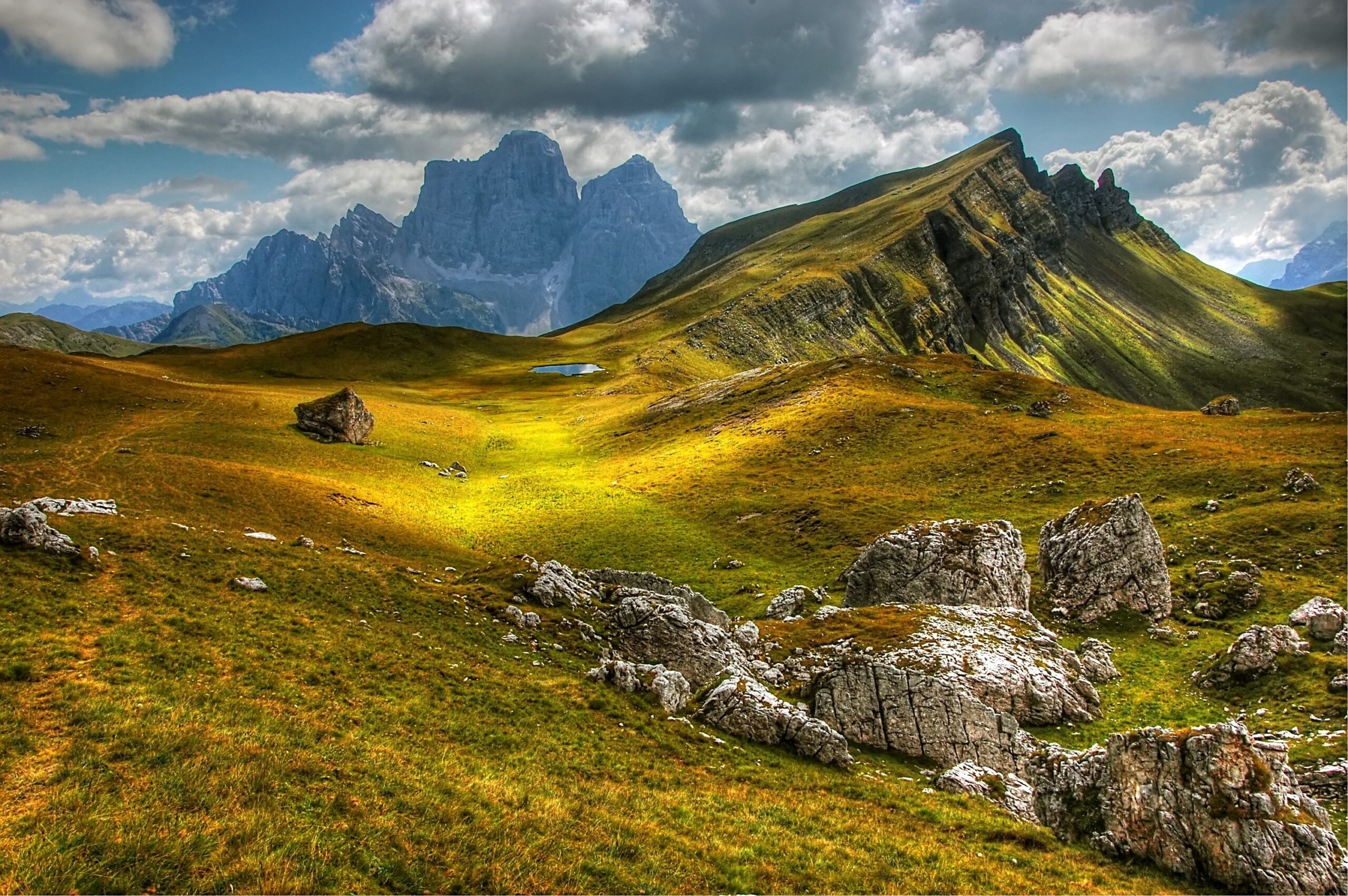Individual bike tours have grown in popularity due to their flexibility and independence. Self guided bike tour are less expensive than guided bicycle tours while still providing a level of assistance and convenience that lets you travel at your own pace without worrying about the logistics.
Taking care of flats and other minor emergencies on your own can be challenging for some travelers, but for others, it’s the best part of the adventure. Therefore, it’s important to take into account your level of comfort with navigating a foreign culture and language, studying maps and signs, ordering food, and doing all of these things on your own.
As you set out on the ultimate self-guided cycling tour, explore the world at your own pace. Be your own commander and explore the side streets, back lanes, and rural country roads with detailed route details and maps to aid in navigation. Your only concerns should be how frequently you want to stop for pictures.
By traveling in small, two-person groups, you’ll develop a deeper sense of relationship to your destination and be able to take in its sights, sounds, and flavors at a more leisurely pace. Your tour specialists will take care of all luggage and lodging arrangements, so you can ride and stop wherever you like with no worries in the world.
Every time your heart craves to fully enjoy everything the area has to offer. After a day of cycling, you’ll discover that your belongings have been moved to your new lodging, which is usually a charming two, three, or four star hotel, inn, or mountain hut that embraces the local aesthetic. With the provided electric bikes or modern 21-speed bicycles, you’ll have the wind in your hair in no time!
1. Toulouse to Sète, France
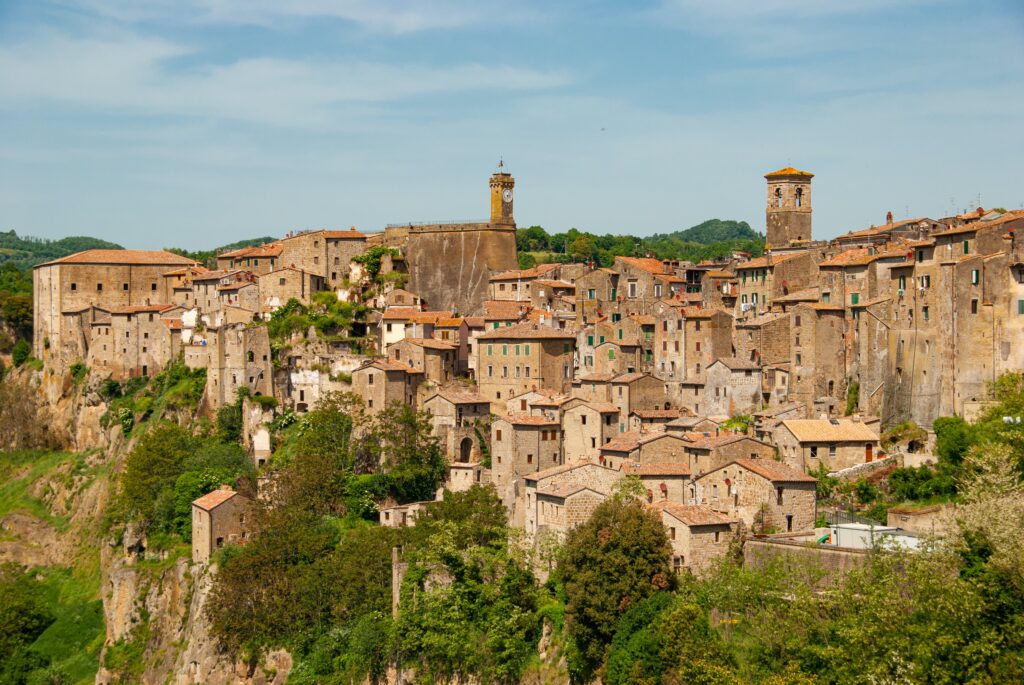
From Bordeaux on the Atlantic to Sète on the Mediterranean, you can cycle the entire length of south-west France by sticking to just one river and two canals. Beginners might prefer to pace themselves by cycling along the Canal du Midi’s towpaths for the second half, from Toulouse to Sète. Although it is a respectable distance of 150 miles (240 km), it is flat and can be completed in manageable stages. Consider buying a gel saddle cover because the going can be a little bit rocky and uneven. A short detour from the canal will take you to the fortified city of Carcassonne, as well as to the ancient Béziers.
2. The Danube
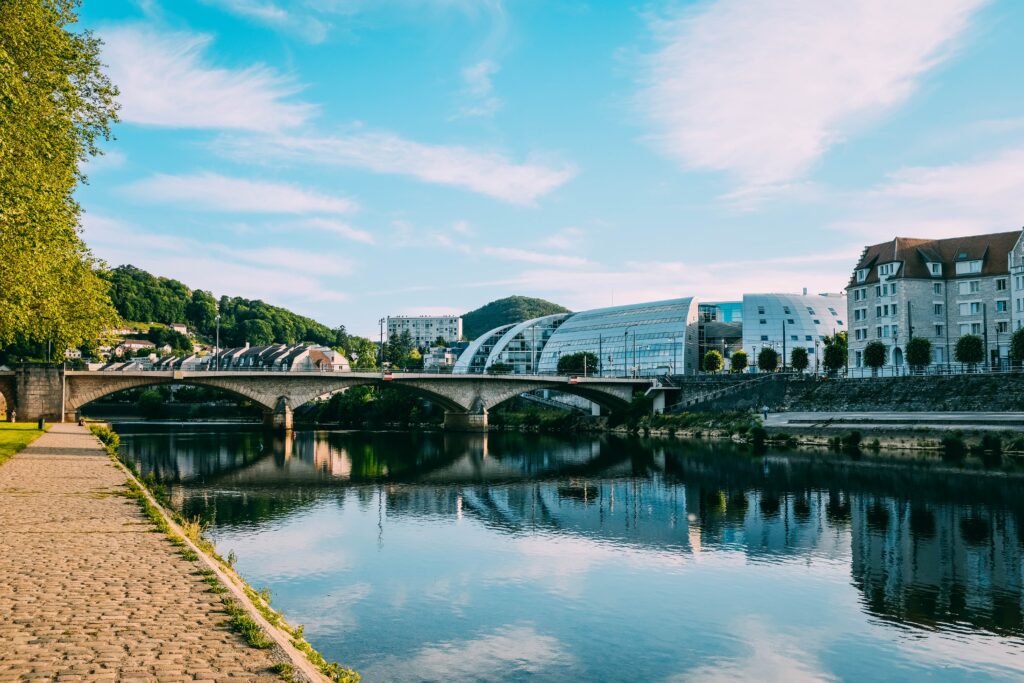
The famous river, which flows through ten nations and 2,850 km, has well-maintained riverside bike paths in Germany, Austria, Slovakia, and Hungary. In addition to than the 38,000 bicycle riders who travel the Austrian section alone every year, there is no traffic to worry about, and by approaching it from the downstream (south-westerly) direction, the route is mostly downhill. German cities Regensburg or Passau make for good starting points, and Vienna or Bratislava, the capital of Slovakia, makes for a good finish.
3. Pisa to Florence, Tuscany
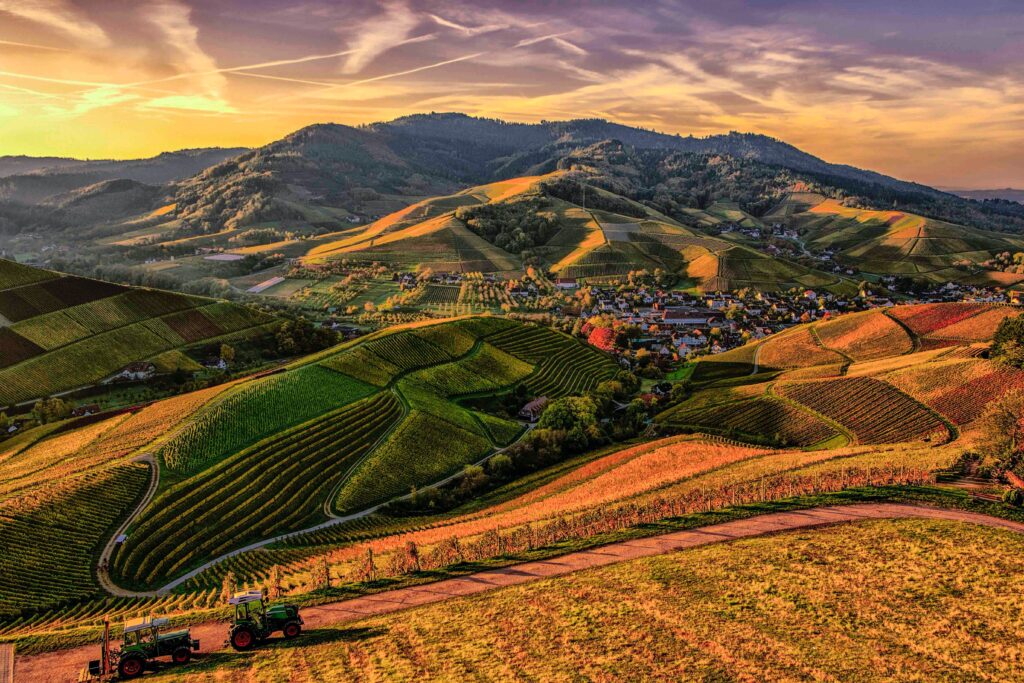
Hilly Tuscany may not seem like the obvious destination for a simple cycling vacation, but by keeping the distances short and including rest days, it is feasible and the scenery makes the effort worthwhile. Spend a day or two in Pisa before cycling 45 kilometers to the walled city of Lucca. The following day, travel 45 more kilometers, stopping in Collodi and Pescia along the way, to Montecatini Terme, the largest spa town in Italy. Spend the day at the spa or bike the circumference of the Medici villas, passing through olive groves and vineyards, with a stop at Vinci to see the Leonardo da Vinci Museum (60km).
4. North Zealand, Denmark
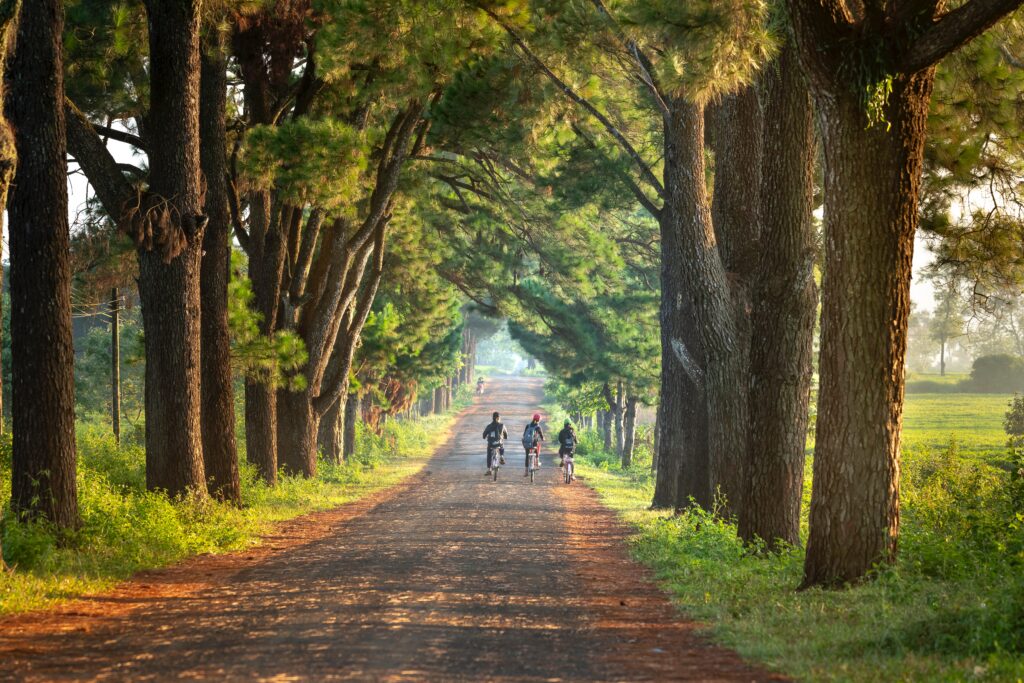
With 12,000 km of bike routes, protected bike lanes in cities, and a largely flat landscape, Denmark is a very bike-friendly country. Cycling enthusiasts can spend a week traveling the Danish Riviera, a circumnavigation of North Zealand, starting and ending in Copenhagen. This route is well-liked by families. The route, which can be cycled counterclockwise, follows the Baltic Sea shoreline, occasionally detouring inland through forests, nature preserves, and lakes, before skirting the fjords of Ise, Lamme, Holbaek, and Roskilde before arriving in Roskilde.
5. Black Forest, Germany

The 248-kilometer Southern Black Forest Cycle Route circles Freiburg twice and starts and ends there. The asphalt path, which follows a former railway line, is appropriate for families, including those towing trailers with young children. With the exception of a brief train ride from Kirchzwarten to Titisee Lake on the first day, the route is mostly flat with a few minor hills in the forest. Forest and farmland make up the majority of the landscape, with a few days spent traveling alongside the Rhine and the final day passing through vineyards. Cycling enthusiasts can spend the nights in sleepy medieval towns and travel just a short distance by train into Basel for the night.
6. The Istrian Coast
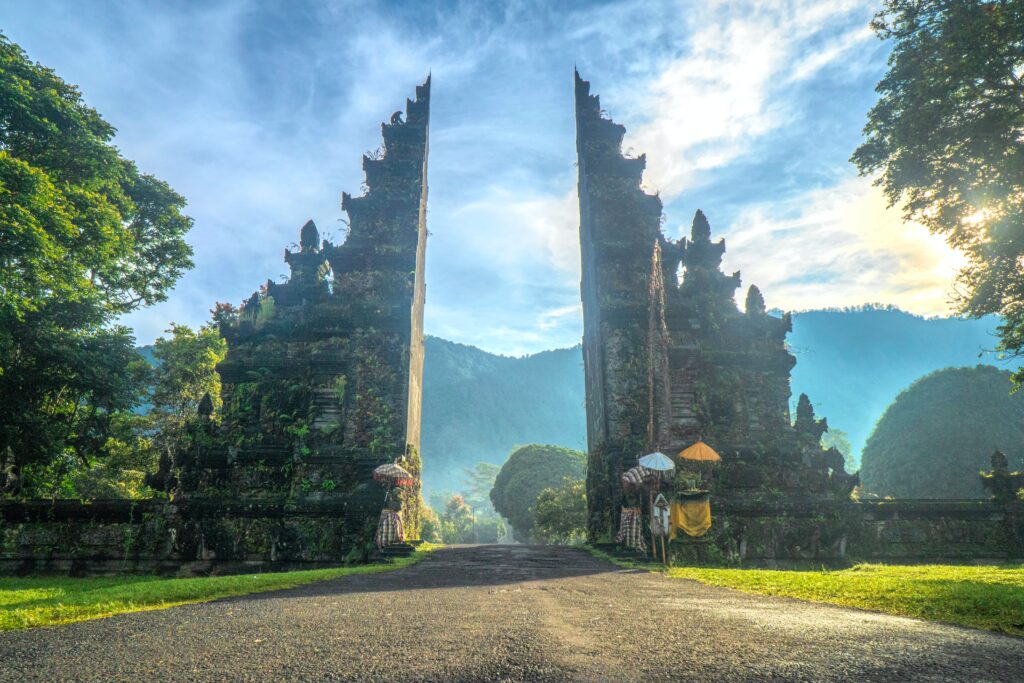
On a week-long ride, cyclists can explore the three nations that share the Istrian peninsula. Although the terrain is a little hilly, the daily average distance is only 40 km. The journey begins in the Italian port of Trieste and travels south along a cycle path to the charming Slovenian town of Piran. From here, it travels past the Seovlje salt flats before entering Croatia. The medieval walled town of Umag, Pore, home to the Euphrasian Basilica from the sixth century, and Rovinj, arguably the most picturesque town on the peninsula, are all good places to stay the night if you continue south.
7. Lake Constance
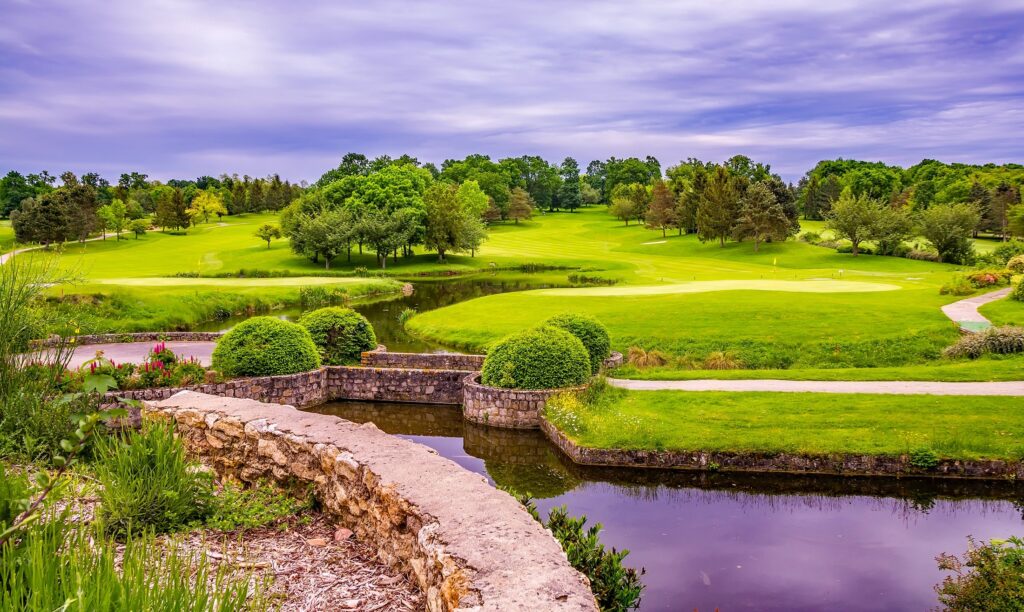
The 168-mile cycle path that circles Lake Constance, which is bordered by Austria, Germany, and Switzerland, enables cyclists to travel across all three nations in a single week. Families and beginners can use the path because it is well-kept and well-signposted. Along the way, there are views of the lake and the Alps, as well as forests, farms, vineyards, and orchards. The route also passes cathedrals, castles, and convents. Highlights include the Rhine delta’s abundant wildlife, the ancient towns of Meersburg and Lindau, and the monastic island of Reichenau, which is listed by Unesco. Taking a dip in the lake or one of the summer lidos will help cyclists cool off. It is recommended to travel counterclockwise and divide the distance into four or more stages.
8. Catalonia
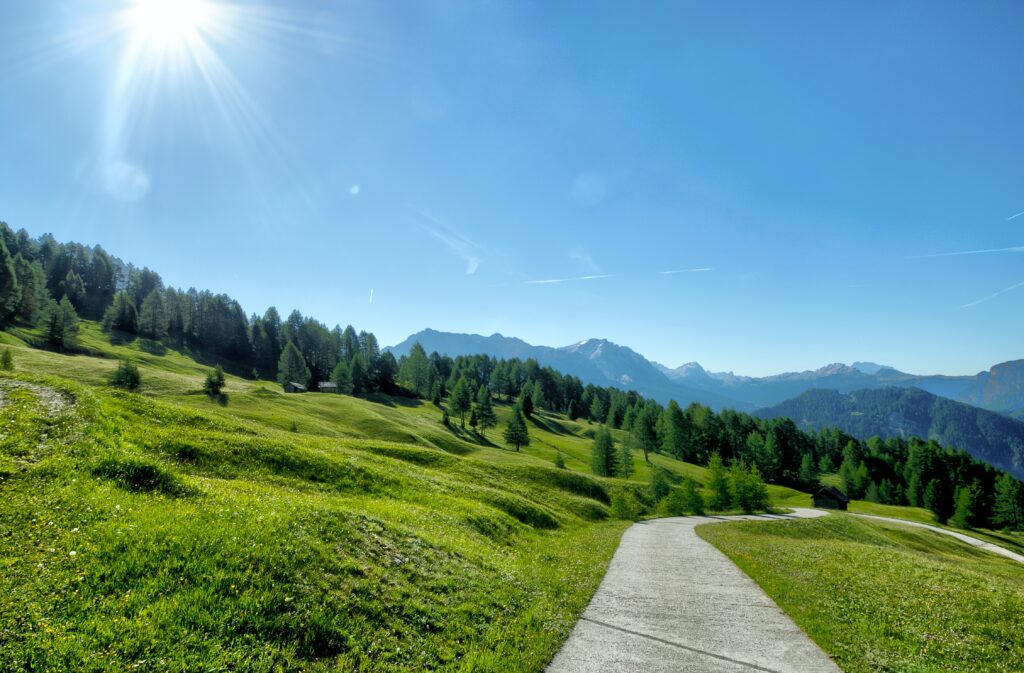
South of the Pyrenees, there is a region of eastern Catalonia where the hills slope into a fertile valley that is flat and great for cycling. Beginning inland in the Garrotxa region, cyclists can travel along the via verde (cycle path) and rural roads to explore the meadows, woods, and hamlets. There are waterfalls nearby Les Planes d’Hostoles where you can cool off. Right into the significant Girona, where it is well worth spending a few days exploring sites like the Gothic cathedral, Jewish quarter, and city walls, the off-road travel route continues. The upscale resort of s’Agaró on the Costa Brava marks the end of the final stretch, which leads to the Mediterranean.
9. Way of the Roses, Lancashire to East Yorkshire
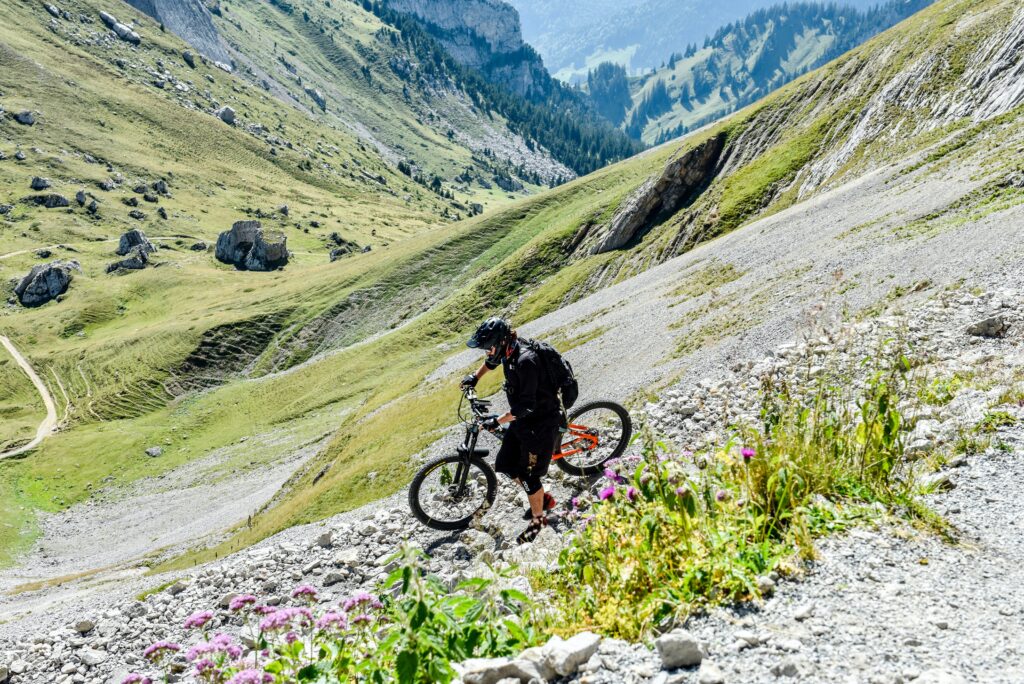
Not yet prepared for the Land’s End to John O’Groats journey? The 275 km ride along The Way of the Roses from Morecambe, Lancashire, to Bridlington, East Yorkshire, is difficult but more manageable than other long distance rides. The route follows bike paths, quiet country lanes, and abandoned railroad tracks. The Yorkshire Dales have some challenging ascents, and Greenhow Hill, near Grassington, is the highest point there at 400 meters above sea level. However, the hills start to get smaller after this (roughly halfway), and after Ripon, the route is largely flat. The fourth day ends in Yorkshire, the first day’s riding passes through Lancaster, and the varied terrain includes the Forest of Bowland.
10. Amsterdam to Bruges
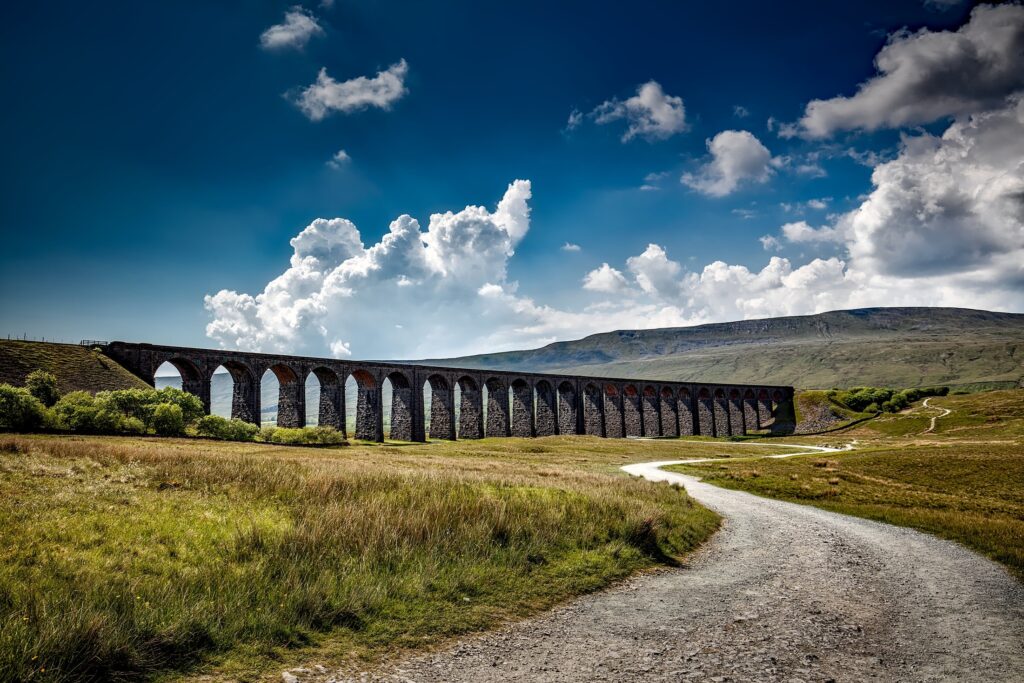
The Netherlands is a cyclist’s paradise because it is nearly entirely flat, has considerate drivers, and has segregated bicycle routes everywhere. The first day’s ride, from Amsterdam to Gouda, is 80 kilometers. It is perfectly possible to cycle from Amsterdam across the frontier to Bruges and the bicycle-friendly Belgium, in a week. A planned bike and barge trip that includes eating and sleeping on board while cycling and sailing portions of the route is another option. An average route would include daily rides of about 40 km and overnight stays in Dordrecht, Antwerp, Dendermonde, and Ghent. A 37km loop leads from Bruges to the North Sea coast’s beaches.

